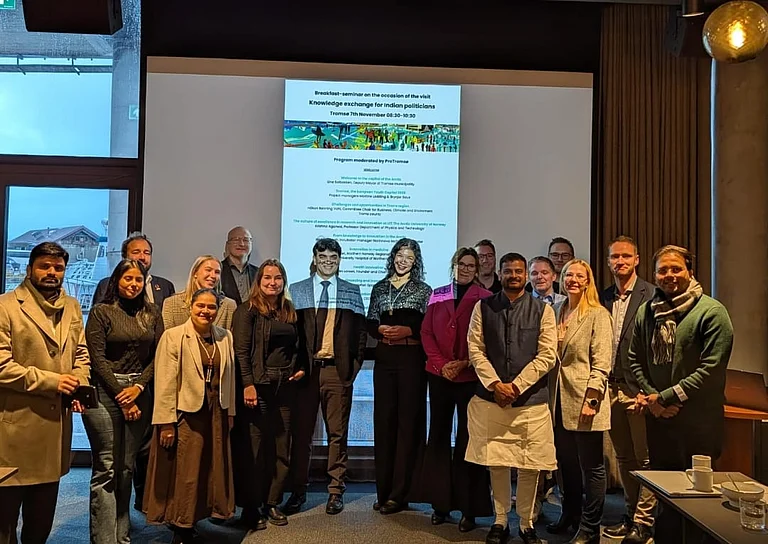The playful antics of Lord Krishna, especially his well-known act of stealing butter, which represents his youthful naughtiness and divine appeal, are celebrated in this deeply ingrained custom, which has its roots in Indian mythology and culture.
Historical and Mythological Roots
The celebration of Dahi Handi has derived from mythology and Lord Krishna’s childhood stories. In Hinduism, Krishna is considered the eighth avatar of Vishnu, and is especially famed for his playful behavior and an abundance of energy. During his childhood days in the village of Gokul, Krishna was notorious for his love of butter and curd. He liked to steal these foods from the houses of the villagers, although they were angry and sometimes amused that he did this.
One of the most cherished stories is about Krishna’s daring escapades to steal butter, which he would then share with his friends. To reach the high shelves where the curd pots were kept, Krishna and his friends would form human pyramids, climbing on each other’s shoulders to reach the pots. This act of forming a pyramid is replicated in the modern-day celebration of Dahi Handi, symbolizing the teamwork and unity of Krishna’s childhood friends.
Celebrating Dahi Handi

Dahi Handi is popular in the regions of Maharashtra, Gujarat, and some parts of Uttar Pradesh. This festival is celebrated on the second day of Krishna Janmashtami, which occurs during the Krishna Paksha in the Bhadrapada month, and formally ends the eight-day celebration. It involves a lively and competitive event where a clay pot filled with curd (dahi) and sometimes sugar or butter is hung high above the ground.
The "Govindas," a group of young males, organize into human pyramids in order to reach and shatter the pot. The Govindas climb one over the other in a multi-tiered structure, a daring feat requiring strength, balance, and coordination. Cheers are raised when the pot breaks successfully, and the players and onlookers split the contents of the pot. Although the celebrations have historically been dominated by young males, several areas have started to include women and children, encouraging inclusivity and increasing the range of participation.
Dahi Handi is a time for celebration and social gathering in addition to its cultural significance. Streets and communities are brought to life with dance, music, and decorations. The creation of human pyramids is keenly observed by spectators, and the occasion promotes joy and togetherness. Additionally, the event offers a venue for nearby communities to unite and engage in a common cultural experience.
Janmashtami 2024: Date and Time
Krishna Janmashtami is observed during the month of Bhadrapada. According to the Gregorian calendar, this year, Krishna Janmashtami celebration will be held on August 26, 2024 i.e. on Monday and Dahi Handi will be celebrated on the next day i.e. 27th of August, on Tuesday. This will be the 5251st birth anniversary of Lord Sri Krishna, the one who gave gyan to Arjuna.
Ashtami Tithi Begins - 3:39 am on August 26
Ashtami Tithi Ends - 2:19 am on August 27
As the pots break and the curd spills, the festival not only commemorates a divine tale but also brings people together in a shared celebration of faith and culture. Dahi Handi is a lively and joyous celebration of Lord Krishna’s playful antics and divine miracles. The festival’s unique combination of mythology, community spirit, and physical prowess makes it a standout event in India’s cultural calendar



























